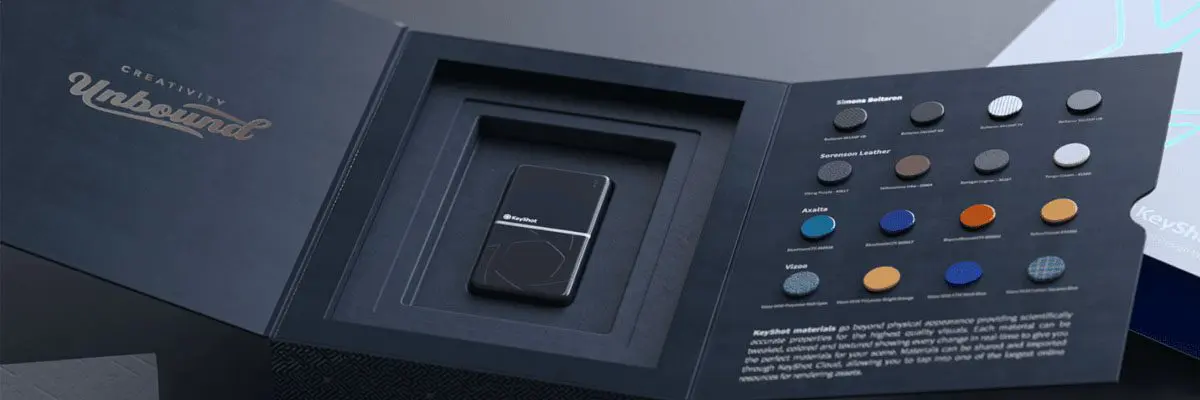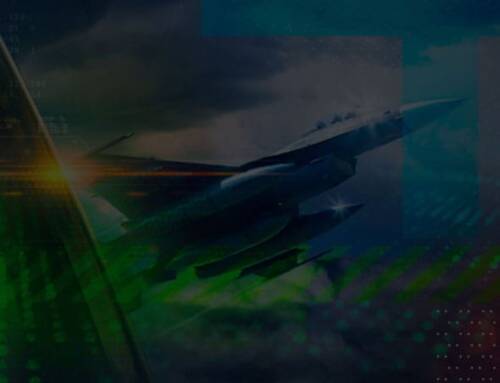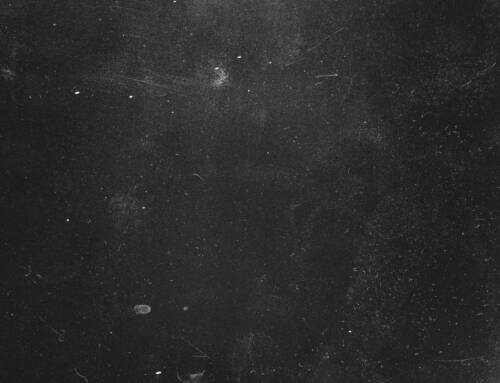February 20, 2023
Exploring 3D CAD Rendering For Engineers And Manufacturers
READ TIME: 2.6 MINS
As technology continues to evolve, the use of “3D CAD Rendering” in engineering and manufacturing is becoming more popular and commonly used. People are becoming more familiar with what 3D CAD rendering is and why it is essential for engineers to be able to create and make products. This blog post aims to provide an overview of the basics of 3D rendering, and how it can benefit both engineers and manufacturers throughout the production process, from prototyping to full-scale production.
What is 3D CAD Rendering?
3D Computer-Aided Design (CAD) rendering is a process that enables engineers to create a complete three-dimensional model of an object or system with the use of specialized software. This type of software allows users to visualize an item in its entirety before production, helping to improve product design accuracy. In addition to providing visual information about an item, 3D Rendering also helps to detect errors in the design before production begins, saving time and money in the long run. It also makes it easier for teams to collaborate on projects as they can all work within the same digital environment, making it easy to make changes or adjustments when needed.
How do Engineers Use 3D CAD Rendering in Their Workflow?
For engineers, CAD rendering offers numerous advantages over traditional two-dimensional (2D) drawing methods. By allowing them to visualize their designs in three dimensions, they can more easily identify potential flaws or areas for improvement before committing resources and funds towards prototyping or manufacturing. Additionally, 3D renderings can be used to generate detailed drawings from which parts can be cut with CNC machines or 3D printed, as well as animations that illustrate how the object will move or operate when completed.
This greatly streamlines the design process, saving time and money for both designers and manufacturers alike. Furthermore, because all of this data is stored digitally, it makes it easier for multiple people within an organization to collaborate on a single project without needing access to physical prototypes or drawings. Finally, by using computer-based models instead of physical ones, designers are able to test out different variations much more quickly and inexpensively than they otherwise would have been able to do with traditional methods such as expensive prototype casting.
The four big areas engineers can improve their workflow with 3D rendering is:
Product Design
From ideation to rapid prototyping, KeyShot helps designers bring ideas to life.
Engineering
KeyShot streamlines engineering workflows easily by integrating directly with CAD software, offering a faster and more effective way to design and make informed decisions.
Packaging Design
Designers create interactive packaging experiences using KeyShot’s 360-degree virtual views – no physical printing needed.
Marketing
By allowing marketing and engineering teams to collaborate directly, KeyShot enables them to create visuals quickly while maintaining uniformity of color and material across platforms.
Enhance Your Engineering Workflow With 3D CAD Rendering Using KeyShot
All in all, it’s easy to see why so many engineers are turning to 3D rendering technology like KeyShot for their projects. With its ability to help them visualize their designs in greater detail than ever before while also streamlining workflow collaboration within an organization, it’s easy to see why this technology has become so popular among professionals in the engineering field. If you’re looking for ways to optimize your own design process, then consider investing in one of the industry-leading 3D rendering software tools today or give a fully featured 14-day trial of KeyShot a try and see for yourself!!
TriStar Digital Thread Solutions welcomes questions. Feel free to CONTACT US if you can’t find what you’re looking for, or call us at 800-800-1714













It was really helpful when you explained how engineers could use 3D CAD rendering. As you said, by seeing the design in 3D, they will notice the potential flaws or areas for improvement before even trying to manufacture it. Now I understand why the company wants to invest in this service. They are starting a new project involving the designing of consoles.
We’re glad you found this insightful and we agree! Rendering is often overlooked in the design process but can really help throughout the entire workflow!
Using KeyShot to explore the realm of 3D CAD rendering is enlightening. CNC Machining The blog shows how KeyShot makes the process easier while also emphasizing the significance of visualizing designs. I am grateful for this helpful resource as a designer to improve my rendering abilities.